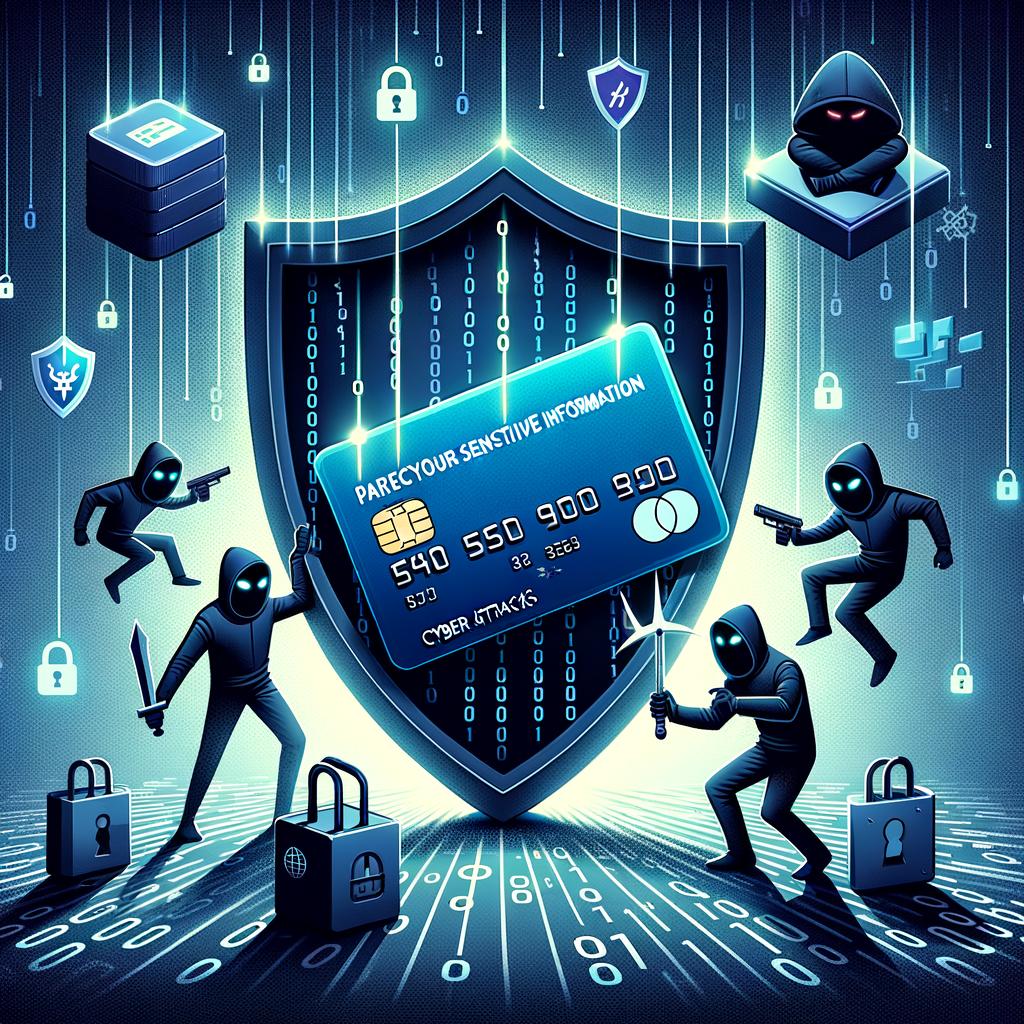Implementing Robust Data Security Measures in Card Payment Systems
Welcome to the world of card payment systems, where convenience meets security in the digital age. As more and more transactions are moving online, ensuring robust data security measures has never been more crucial. In this article, we’ll explore the ins and outs of implementing ironclad protection for your card payment system. So buckle up and get ready to dive into the world of secure transactions!
Securing Card Payment Systems: A Crash Course in Data Protection
Implementing robust data security measures in card payment systems is crucial for protecting sensitive information and maintaining trust with customers. One of the most important steps in securing card payment systems is to ensure that all data is encrypted both in transit and at rest. By using strong encryption algorithms, hackers are less likely to intercept or steal credit card information during transactions.
Another key aspect of data protection is implementing multi-factor authentication for access to the payment system. By requiring multiple forms of verification, such as passwords, biometrics, and security tokens, it becomes much harder for unauthorized users to gain access to sensitive data. Additionally, regular security audits and penetration testing can help identify vulnerabilities and weaknesses in the system, allowing for timely remediation before any breaches occur. With these measures in place, businesses can significantly reduce the risk of data breaches and protect their customers’ financial information.
The Importance of End-to-End Encryption in Preventing Data Breaches
In the world of card payment systems, ensuring the security of sensitive data is of utmost importance. One key technology that plays a crucial role in preventing data breaches is end-to-end encryption. By encrypting data from the point of sale all the way to the processing center, this method effectively protects customer information from cyber attacks and unauthorized access.
Implementing robust data security measures, such as end-to-end encryption, can provide peace of mind to both customers and businesses. With the increasing number of data breaches and cyber threats, it is essential to prioritize the protection of cardholder data. By making use of encryption algorithms and secure communication channels, sensitive information is shielded from potential hackers and malicious actors. Investing in these advanced security solutions not only safeguards customer trust but also helps in maintaining regulatory compliance and avoiding costly data breaches.
Best Practices for Implementing Multi-Factor Authentication in Payment Processing
When it comes to securing payment processing systems, implementing robust data security measures is crucial in today’s digital age. Multi-factor authentication is one of the best practices that can help protect sensitive card payment information from cyber threats. By requiring users to provide two or more forms of verification before accessing payment systems, businesses can add an extra layer of security to their transactions.
Some key include:
- Utilize Biometric Authentication: Incorporate fingerprint or facial recognition technology for a more secure and convenient user experience.
- Regularly Update Security Protocols: Stay ahead of potential threats by continuously updating authentication methods and software to prevent vulnerabilities.
- Provide Employee Training: Educate staff on the importance of following security protocols and recognizing phishing attempts to prevent unauthorized access to payment systems.
Protecting Your Customers’ Sensitive Information: Tips for Securing Card Payment Systems from Cyber Attacks
Ensuring the security of your customers’ sensitive information is crucial in today’s digital world. Implementing robust data security measures in your card payment systems can help protect against cyber attacks and potential data breaches. One of the key ways to enhance security is by encrypting all data transmitted between the point of sale terminal and the payment processor. This will help safeguard sensitive information such as credit card details from being intercepted by cybercriminals.
Another important security measure is implementing multi-factor authentication for accessing the card payment system. This adds an extra layer of security by requiring users to provide more than one form of identification before gaining access to the system. Regularly updating your system’s software and ensuring that all security patches are installed can also help protect against vulnerabilities that cyber attackers may exploit. By proactively implementing these data security measures, you can better safeguard your customers’ information and prevent potential data breaches.
Future Outlook
As we wrap up this discussion on implementing robust data security measures in card payment systems, remember that safeguarding sensitive information is not just a priority - it’s a necessity. In a world where cyber threats loom large, taking proactive steps to protect your customers’ data is crucial for maintaining trust and credibility. So, whether you’re a small business or a large corporation, always stay vigilant and stay one step ahead of those digital villains. Because when it comes to data security, it’s better to be safe than sorry. Stay secure out there, folks!






